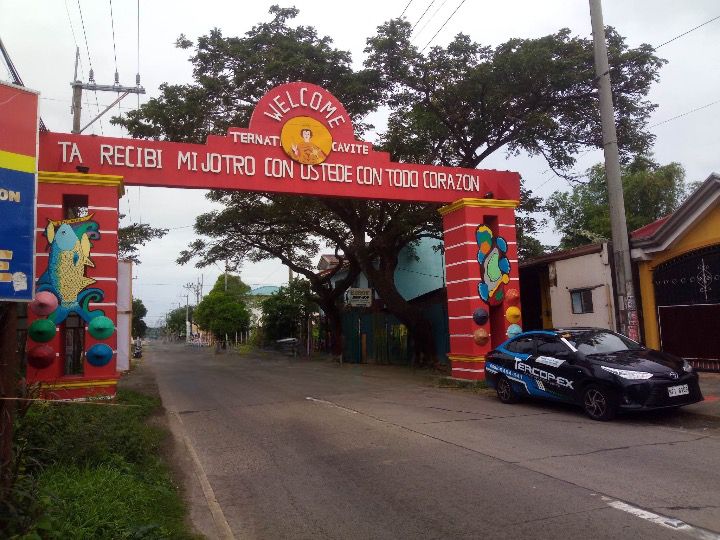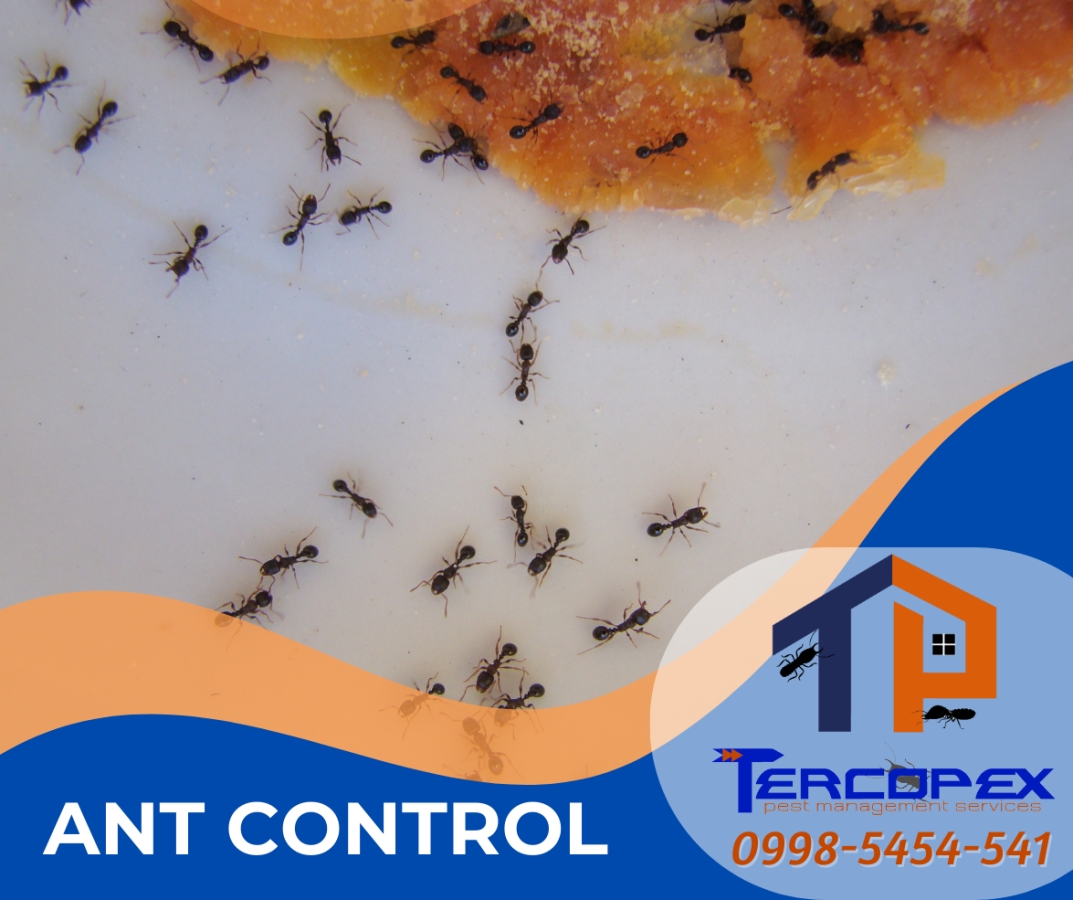Cavite is a strategically located province with its proximity to Metro Manila, and major international gateways. It has seven major entry and exit points giving it an edge in terms of economic development. Cavite comprises 16 municipalities and 7 cities. As of 2020, it has a population of 4,344,829 in an area of 1,526.28 square kilometers of land or 2,847 persons per square kilometers of land. It is the most densely populated province in the country.
Cavite is known as one of the most industrialized provinces in the country. It has 933 industrial establishments as of 2014 located mostly in 29 operating Economic Zones (EZ)/Industrialized Estates (IE). There are 21 more EZs/IEs undergoing land development while 8 are proclaimed but has yet to be developed. (source) Among the cities and municipalities, Rosario has recorded the highest number of these industrial establishments with 284 followed by Carmona with 251 and City of Dasmariñas with 111.
With its continuous industrial growth and development, Cavite remains a magnet for job seekers not only from Calabarzon Region but the entire Philippines. Investors and businessmen in the outsource manufacturing industry get attracted by the higher manpower capability with lower cost of labor in the province. With the rise in industrial activities, the need for urban pest control and pest management also increases.
Cavite is home to Tagaytay City, one of the most popular tourist destinations in the country. Because of its scenery and cooler climate provided by its altitude, it is touted as the 2nd “Summer Capital of the Philippines”, with Baguio being number one. Tagaytay overlooks Taal Lake in Batangas and provides views of Taal Volcano Island in the middle of the lake through various vantage points situated in the city.










